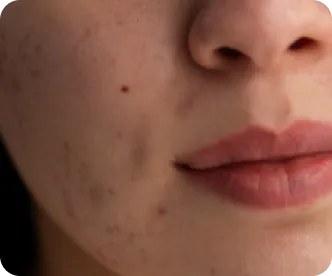

Moles: Causes, Types And Treatment Options
Moles, medically known as nevi, are common skin growths that can appear anywhere on the body. They are usually brown or black, but can also be flesh-coloured. Moles are generally benign, but changes in size, shape, or colour can sometimes indicate skin cancer.